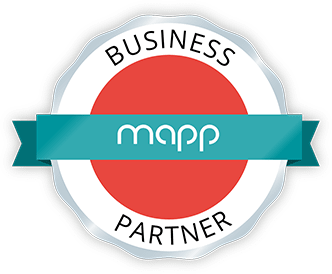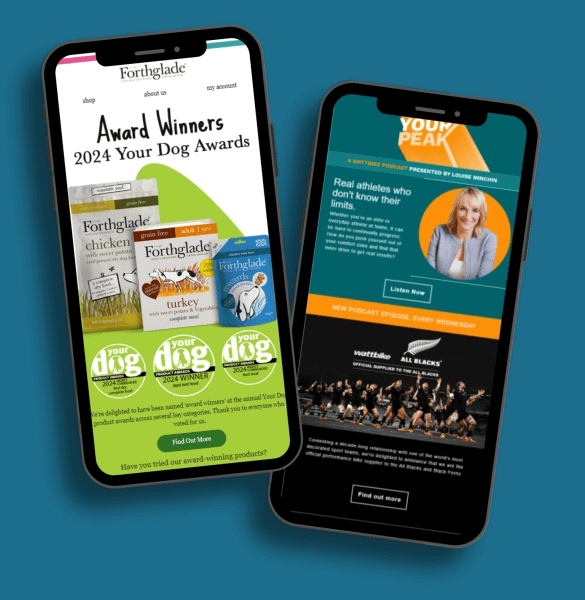We Try Harder
For 50 years from 1962 to 2012 Avis used the famous ad slogan “We try harder” to recognise the fact that Avis was the 2nd biggest car rental company (behind Hertz) and the only way it could compete with Hertz was to try harder.
The ad campaign was introduced in 1962, and was wildly successful, helping Avis go from operating at a loss to becoming a profitable company. From 1963 to 1966, as Hertz ignored the Avis campaign, the market-share percentage gap between the two brands shrank from 61–29 to 49–36. Terrified Hertz executives projected that by 1968 Avis might need a new ad campaign—because it would no longer be No. 2.
Why is this relevant? Well because at some point, the challenger becomes the champion.
Are we seeing this with Klaviyo’s dominance in recent years? Has the challenger become the champion? Quite possibly yes, but I don’t necessarily see it as bad thing.
All platforms are not all created equal. Yes, all tools will have 90% of the same functions, but it’s about understanding brand specific use cases which will dictate the right platform to use.
In some cases this will be Klaviyo and in others it will be another platform (either an established player or someone coming into the space).
At PAASE | Klaviyo Elite Master Partner we talk almost exclusively about customer first marketing and putting the customer at the heart of everything a brand does, this should define the use cases for your marketing activities and subsequently platforms.
There is no point for example of trying to shoe horn in a loyalty app, if you can’t define what a loyal customer is and does.
A salesman will sell you features, that they tell you, you will need but if you haven’t defined your strategy there is a huge risk that you’ll be overpaying for functions you’ll never use. Or they’ll tell you can save money on email sends or storage fees by not keeping the data but this may be only part of the picture. If a customer is not engaged with email, yes don’t send the emails (as frequently) but there is still value in storing the data and looking to use it in other ways.
My advice, if your email or SMS channel is not performing, the first port of call should not be a technology or platform change. It should be a review of your customer journey and data – both with a view of what is currently happening and what you would like to happen (and where possible compared across industry sector).
From there a series of short, medium and long term objectives and plans can be defined and activated (which may or may not require a technology change).
Get in touch today to find out how we can help your brand drive more ROI from your existing database.





